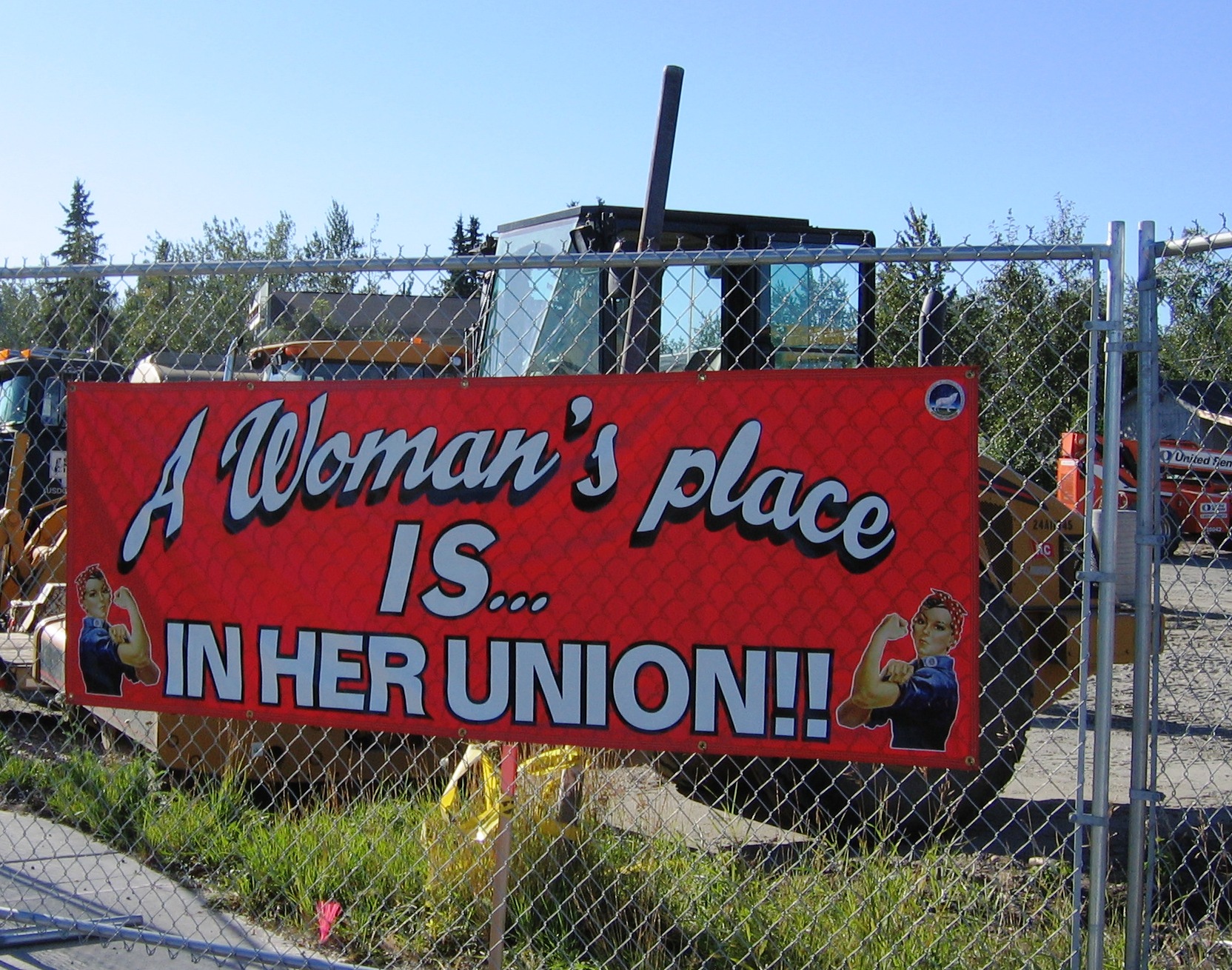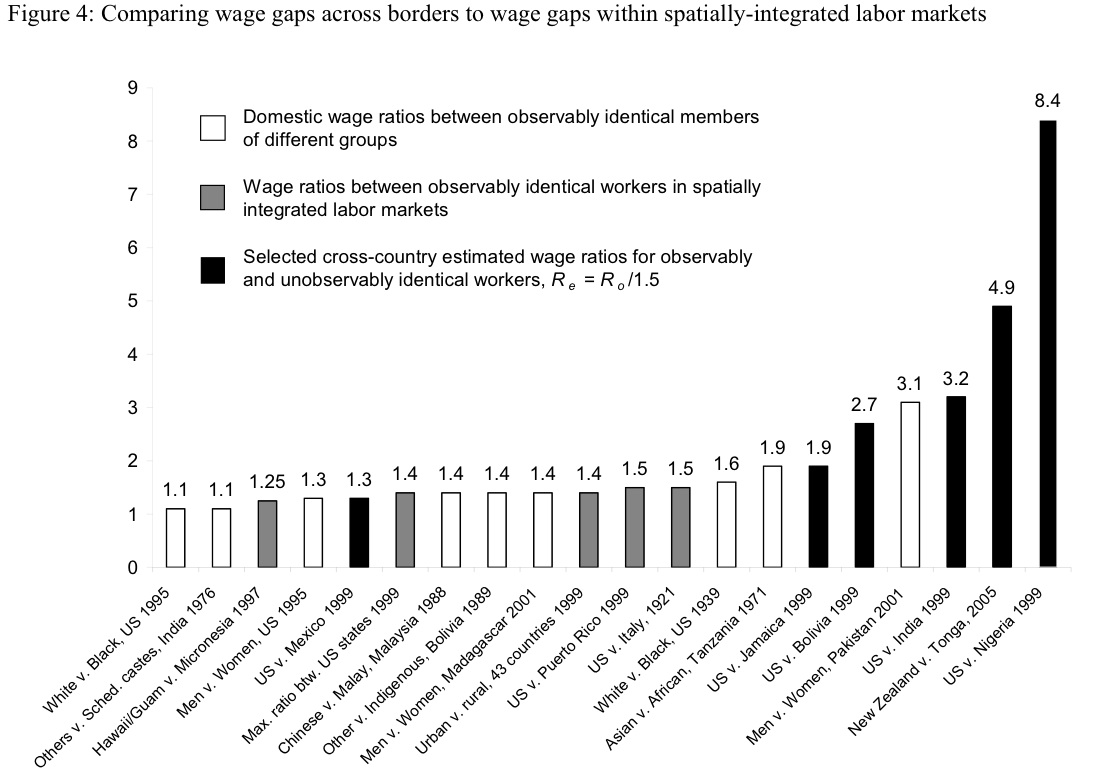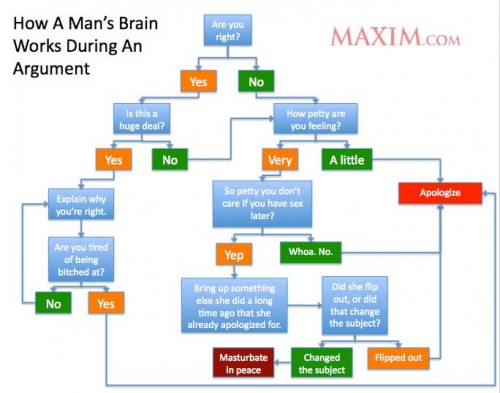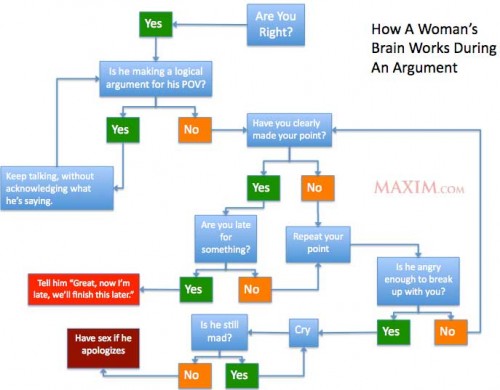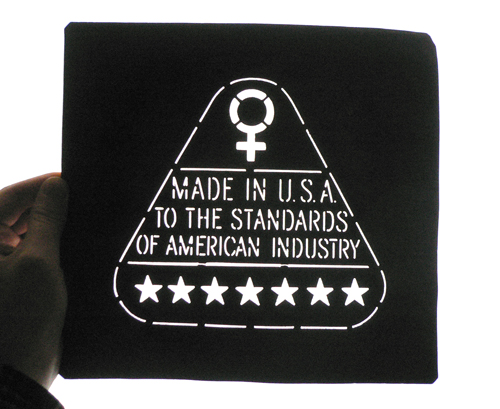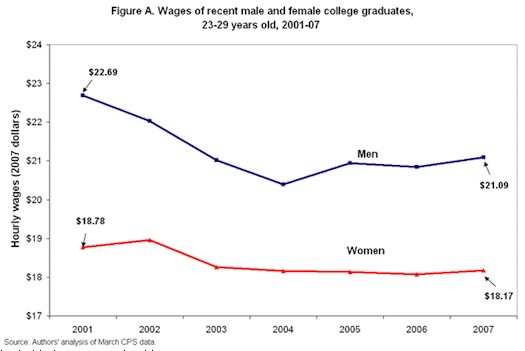
Last week, in my Race and Ethnicity class, I was talking about how race was used by white elites in early American history to divide and conquer the poor who, black or white, had a joint interest in undermining the class structure from which those elites benefited. I then show them this video by Tim Wise making this same argument and suggesting that using race to divide and conquer is still ongoing. One student said: “No offense, but Tim Wise said it better than you.” It’s true.
Anyway, I bring up this argument–that race is used to divide and conquer the poor and working class for the benefit of economic elites–because of a recent speech made by AFL-CIO Secretary/Treasurer Richard Trumka. In this speech, below, Trumka argues in favor of bridging racial (and gender) divides in the labor movement specifically because of the phenomena that Wise describes. In other words, Trumka calls for a join and resist strategy. I think the two speeches nicely illustrate two sides of one conflict coin.
Don’t miss Tim Wise.
And here’s Richard Trumka:
You might also see this post on the way in which lefty movements and companies tend to focus only on one axis of inequality at a time, such that they are all undermining each other and, thus, the entire left agenda.
Hat tip to Peter D.


